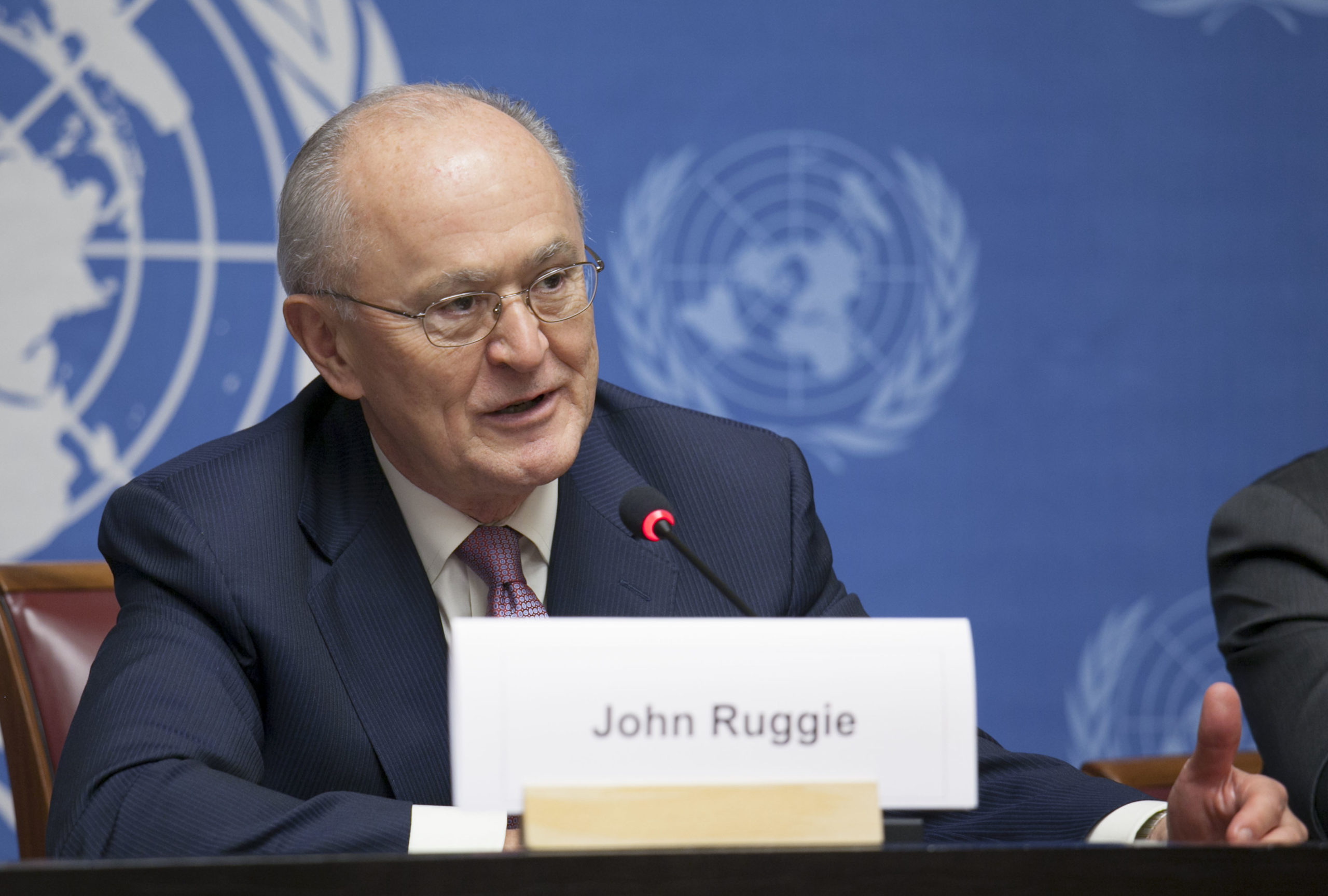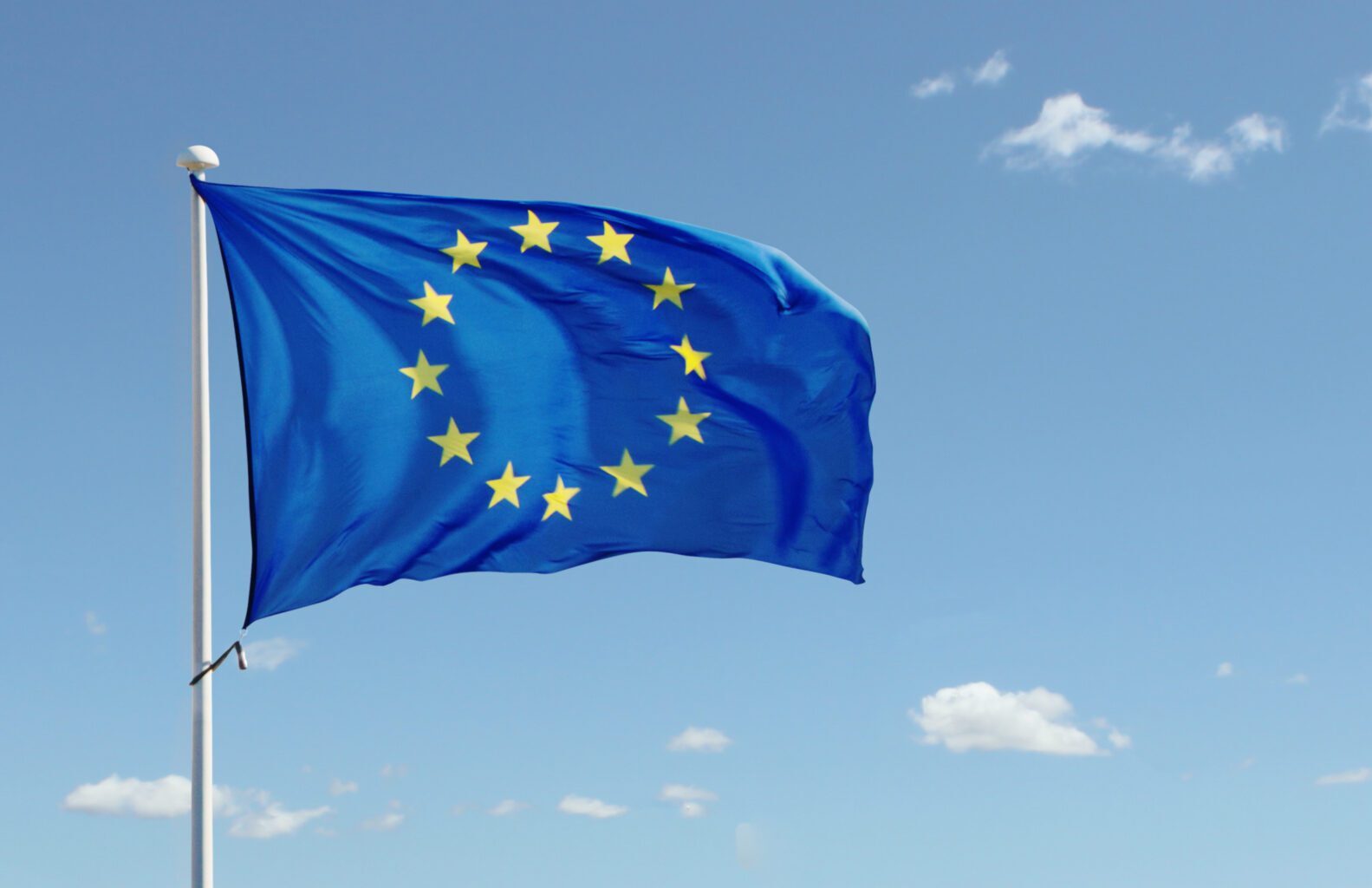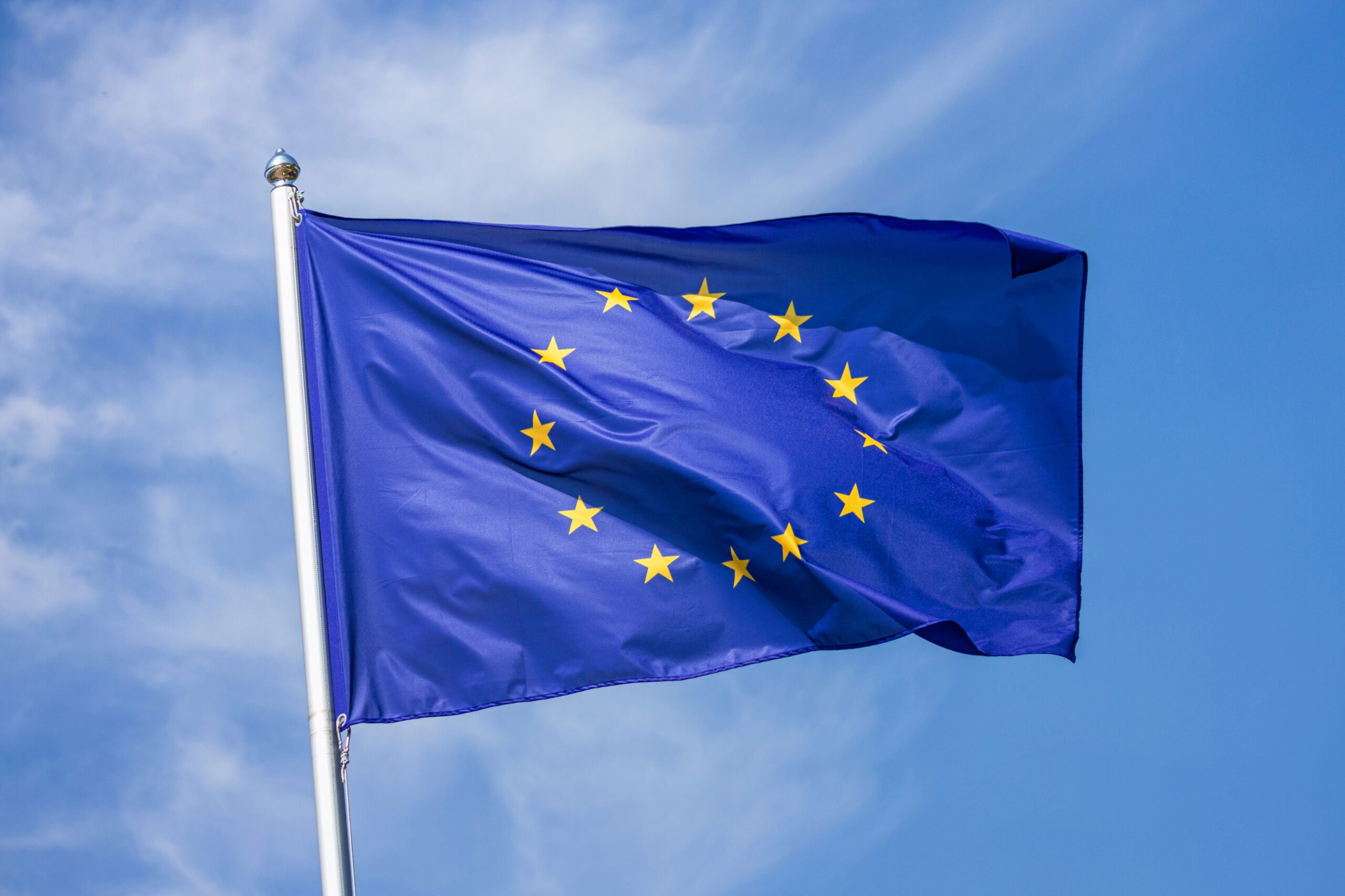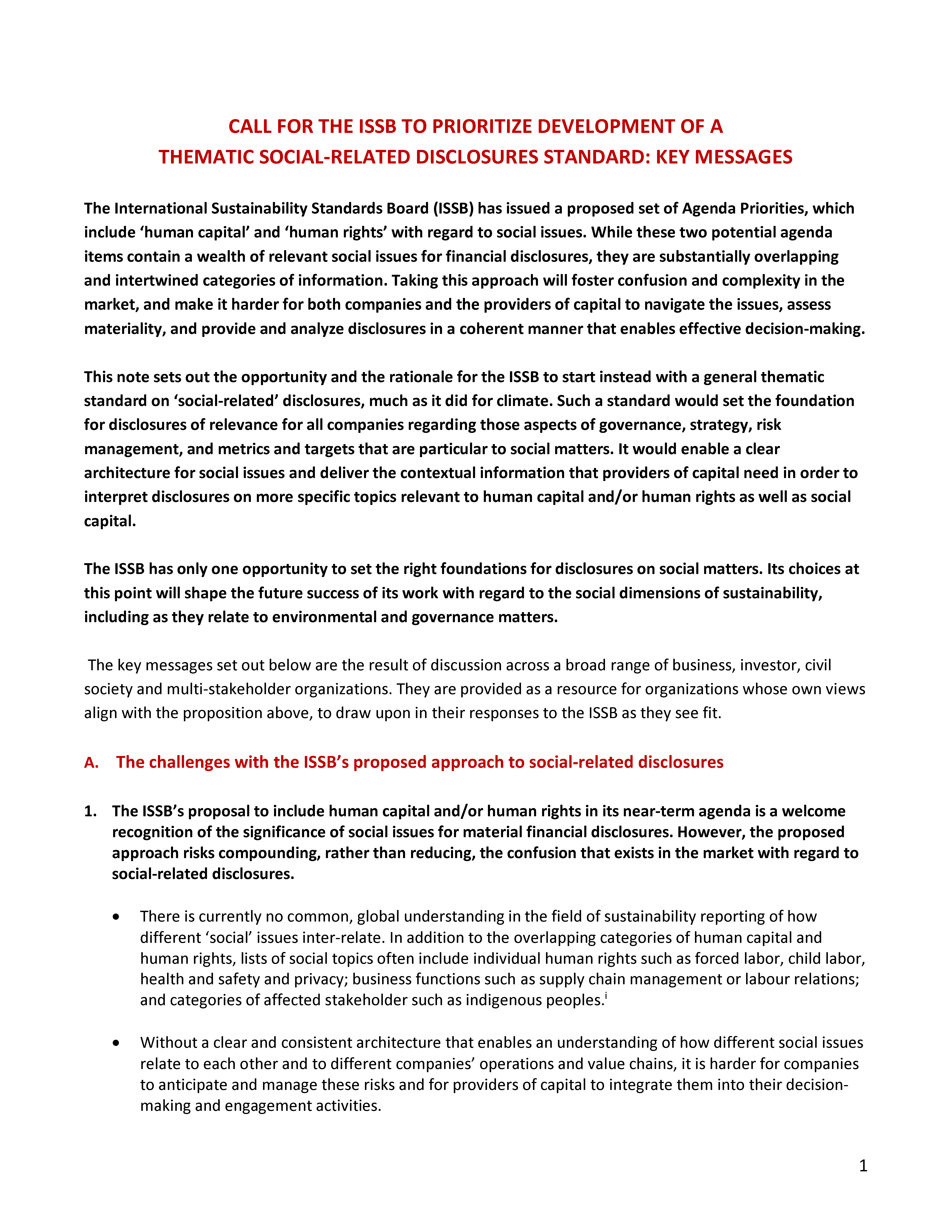John Ruggie was a preeminent scholar-practitioner in the field of international affairs, whose work as a political scientist focused on the impact of globalization on international rule-making. He was, among other roles, the UN Secretary-General’s Special Representative on business and human rights, the author of the UN Guiding Principles on Business and Human Rights (UNGPs) and the founding chair of Shift, the nonprofit, mission-driven organization dedicated to implementing the UNGPs.
Since then, the UNGPs have become the foundation for a shared set of expectations regarding companies’ impacts on people, and have been increasingly integrated into international standards, industry commitments, guidance, and national and regional laws and policies.
Throughout his career, John was a tireless champion of both students and practitioners in the fields in which he worked. He consistently sought out, consulted and supported individuals from all backgrounds and perspectives, to grow and enrich the community of people working to turn the vision of the UNGPs into a reality.
To carry forward his spirit of mentorship and opportunity, in 2022, together with John Ruggie’s family, Shift announced the establishment of the John Ruggie Fellowship Program to honor John’s life and legacy and enable talented business and human rights students to advance their careers and contribution to the field. It particularly seeks to support students who may otherwise lack access to such opportunities.
Each year, Shift will partner with a small number of organizations across a spectrum of actors in the business and human rights field to support the placement of individual Fellows. Shift is pleased to announce that the host organizations for the 2025 John Ruggie Fellowship Program are:
- Accountability Counsel, a nonprofit organization that amplifies the voices of communities around the world to protect their human rights and environment. As advocates for people harmed by internationally financed projects, they employ community-driven and policy-level strategies to enable access to justice.
- PepsiCo, a global food and beverage company that recognizes they have a clear responsibility to respect human rights throughout their business and broader value chain. To help ensure that they are in the best position to prevent, identify, and address potential impacts across their value chain, they have established a global human rights management approach that is guided by the UNGPs.
- Verité, a nonprofit organization that illuminates and addresses serious human rights and labor rights violations in factories, farms, and other workplaces around the world. They work with private and public sector clients by building their understanding of labor rights problems in global supply chains and developing their abilities to solve those problems.
The organizations are reflective of the diversity of actors in the business and human rights field, and share a demonstrated commitment to the implementation of the UNGPs. They all have considerable experience running fellowship and internship programs and are committed to delivering a high-value immersive experience for the Fellows.
We are confident that each of these host organizations will provide a rich learning experience for individual Fellows looking to gain practical experience and access to ideas and networks that will support their growth in the field of business and human rights. We look forward to working with them to ensure the ongoing success of the John Ruggie Fellowship Program.
Caroline Rees & Rachel Davis, Shift co-founders
Application Process:
Each host organization will provide detail on their John Ruggie Fellowship Program opportunity and application process. Interested individuals should follow the host organization’s guidance.
To learn more about the program, please contact: Suba.Jayasekaran@shiftproject.org
For more information on the John Ruggie Legacy Fund, please visit the webpage.









